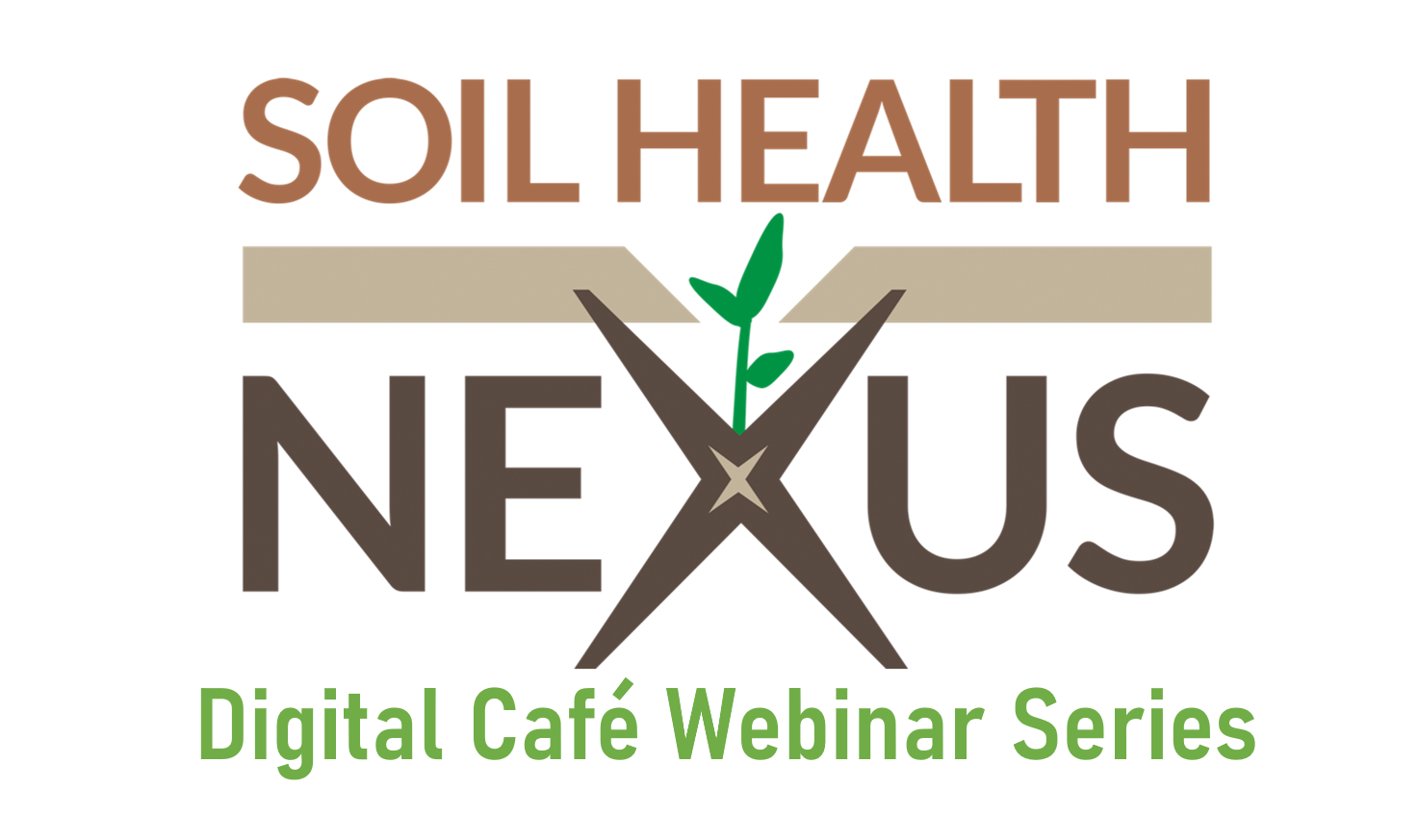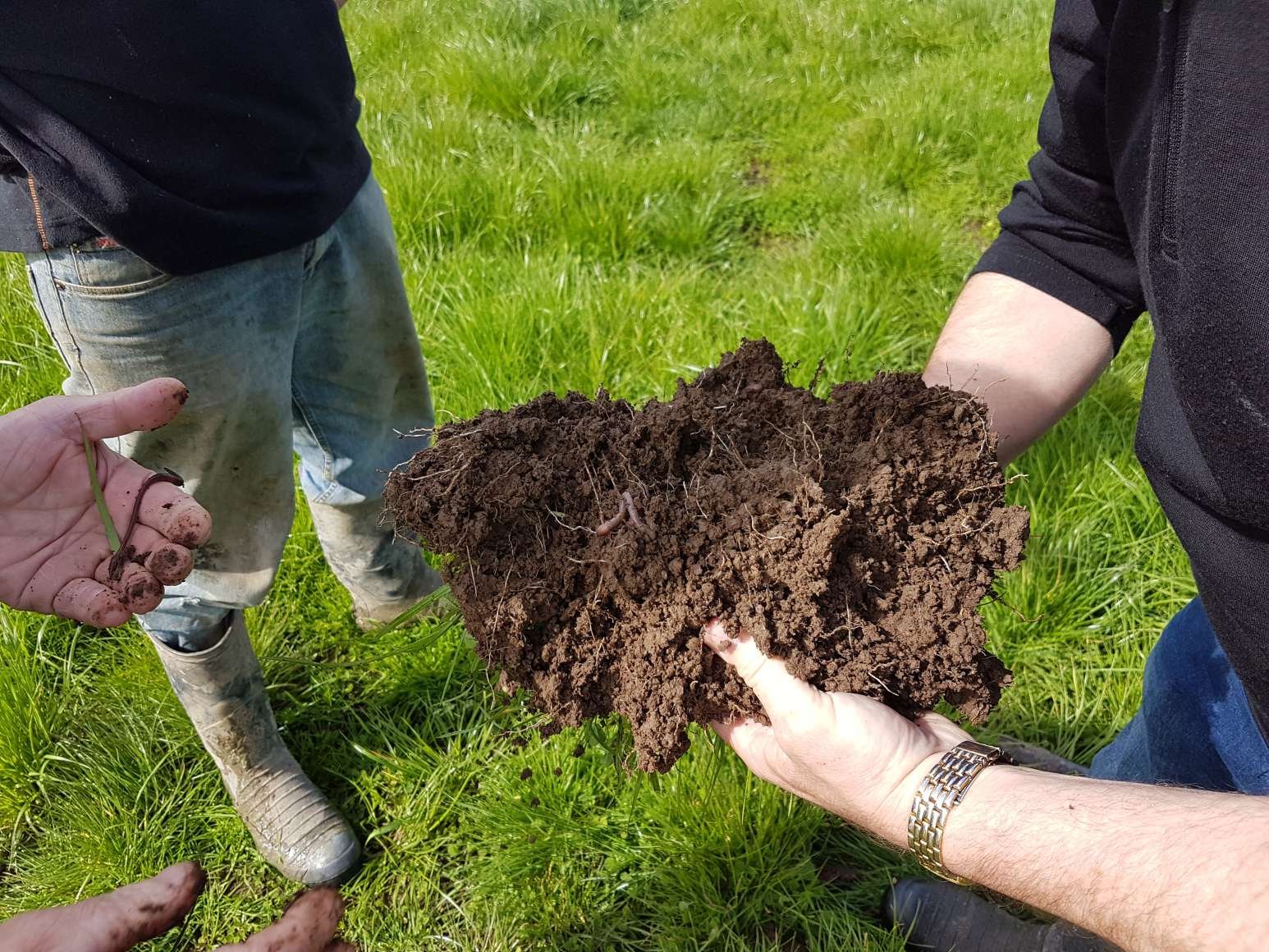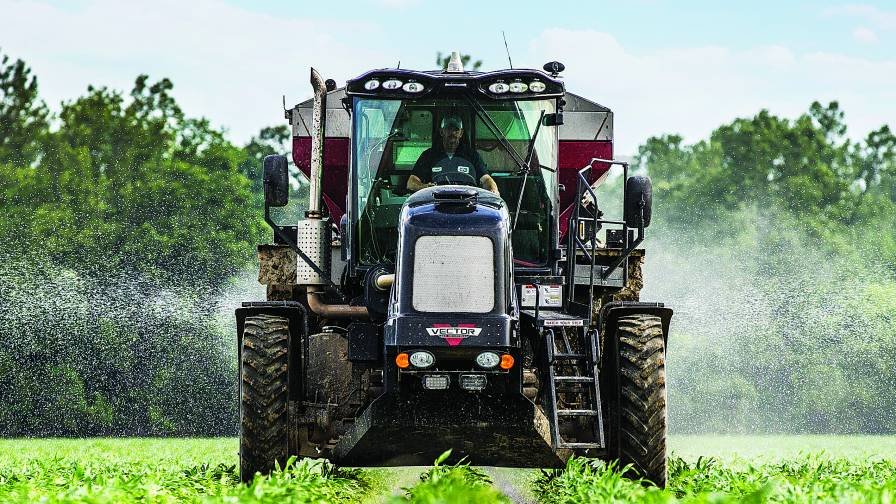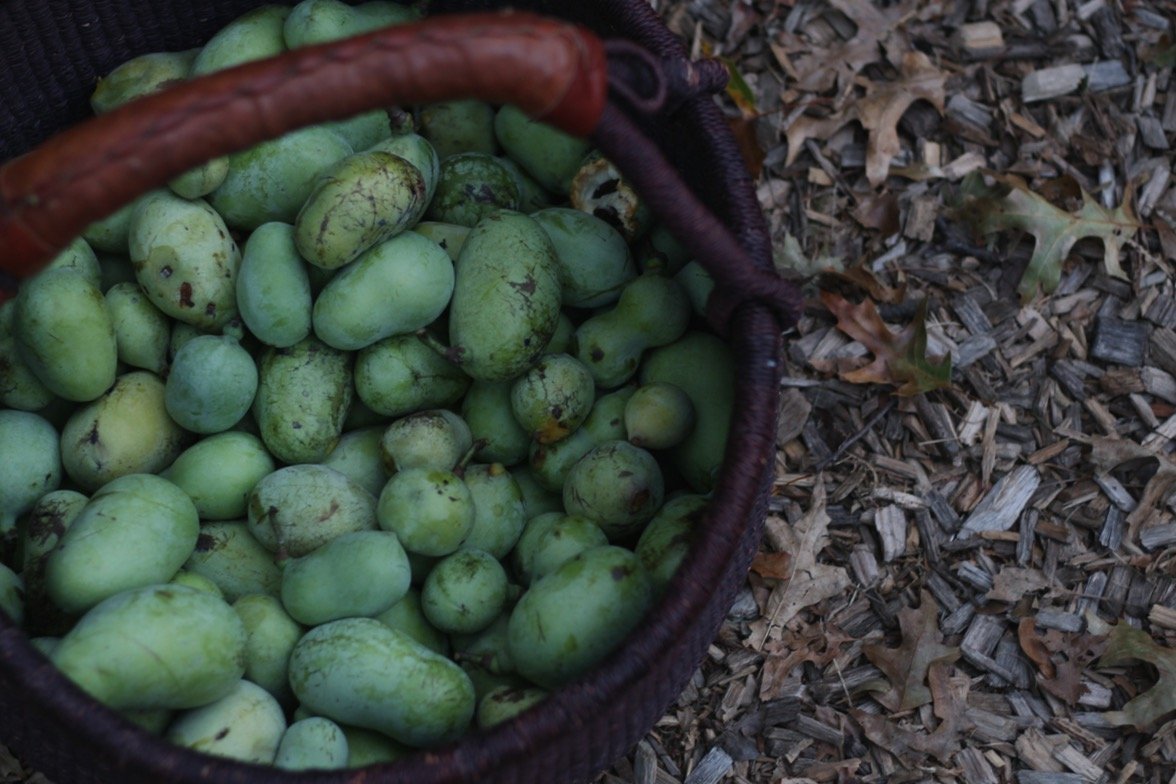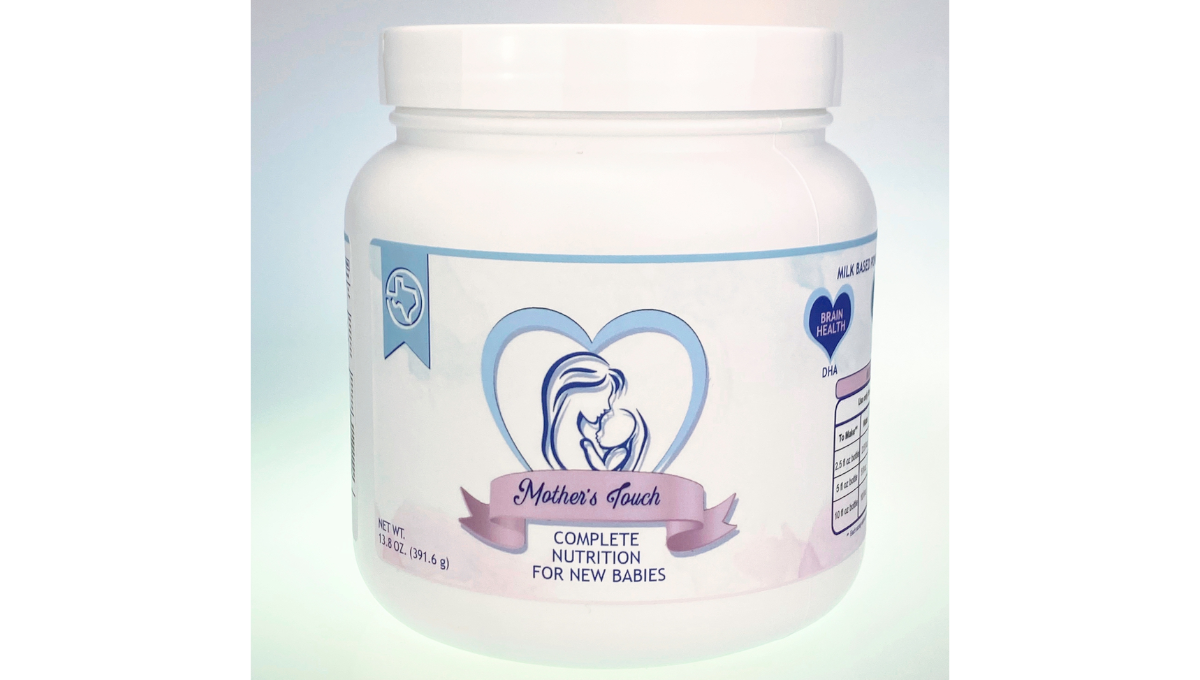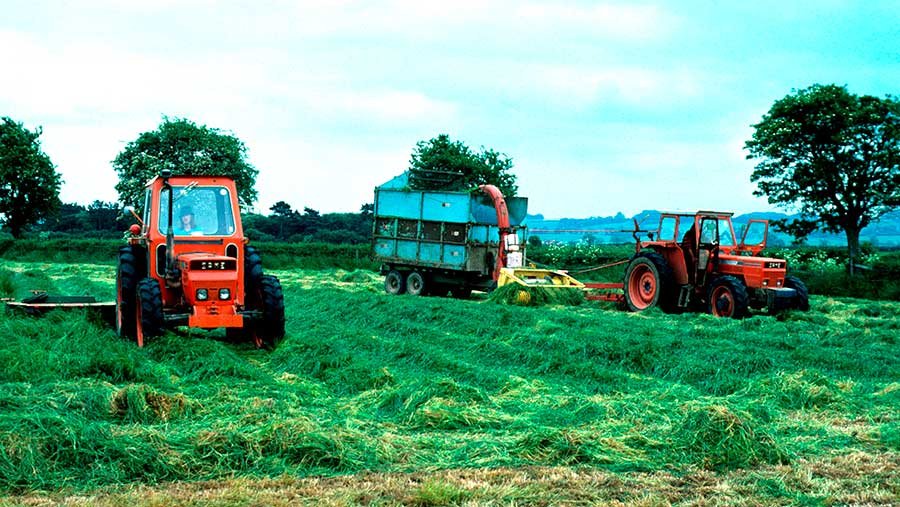During this period of high prices and uncertain availability of phosphorus and potassium fertilizer, a few basic soil fertility concepts can help guide application decision-making, write Greg LaBarge and Steve Culman, Ohio State University Extension, at Ohio’s Country Journal. Fortunately, the work during 2014-2020 that led to the Tri-State Fertilizer Recommendation for Corn, Soybean, Wheat, and Alfalfa-2020 is current information we use. Here are a few key points from the Tri-States plus some other principles that may help.
1. Have a current soil test and use it.
What is the best investment when fertilizer prices are high, a recent reliable soil test! What is a recent reliable soil test? A recent soil test is no more than four years old. A reliable test is where you believe the number for pH, phosphorous, and potassium on the soil test represents that field you farm. If you question your soil report numbers, think about changing how you collect samples for soil testing. You want to consider three things: the size of the sampled area, does the sample area represent productivity and using a standardized sample depth. For more information on soil sample collection procedures, see the factsheet here.
Recent reliable soil test values for pH, phosphorus, and potassium will tell you if you need to apply lime or fertilizer this year or if we can wait. Comparing your soil test values to the Tri-State Fertilizer Recommendations will answer critical questions about your fertility needs. Get your copy of the Tri-state Fertilizer Recommendations for Corn, Soybean, Wheat, and Alfalfa here.
2. Apply lime if needed.
The first thing to look at on your soil test reports is pH. Soil pH is the critical factor in nutrient availability. If soil water pH is less than 6.0, consider liming before applying fertilizer. When soil pH values are acidic (< 6.0), the lime investment will make more soil stored phosphorus and potassium crop available. Use buffer pH from the soil test report to determine how much lime you need. Apply enough lime to bring soil pH into the 6.5-6.8 range. Spend your first fertilizer dollars on lime.
Read more at Ohio’s Country Journal.
0
1
5
6 Key Considerations for Managing P and K in 2022
Source link


